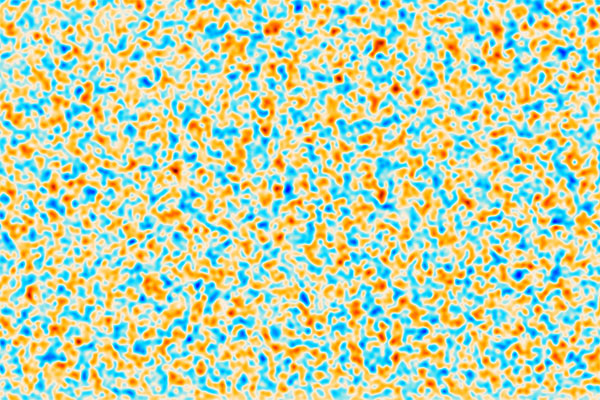Peter Lobner, 12 January 2021
The Atacama Cosmology Telescope (ACT) is a six-meter (19.7 foot) radio telescope designed to make high-resolution, microwave-wavelength surveys of the cosmic microwave background (CMB). It is located at a remote site in the Atacama Desert at an elevation of 5,190 meters (17,030 feet) in northern Chile.

ACT observes in three frequency bands (148, 218 and 277 GHz) and has a resolution of 1.3 arc minutes at 148 GHz, near the peak of the CMB spectrum. This is significantly higher than the 5-10 arc minute resolution of the Planck spacecraft, which observed the CMB from 2009 to 2013 in the frequency range from 30 to 857 GHz. You’ll find a detailed description of the Atacama Cosmology Telescope (ACT) at the following link: https://www.cosmos.esa.int/documents/387566/387653/Ferrara_Dec3_09h20_Devlin_ACT.pdf
I reported on key results of the Planck CMB survey results in my post at the following link: https://lynceans.org/all-posts/the-universe-is-isotropic/
New results from the ACT survey, reported in December 2020, affirm the Planck CMB survey results.
- The universe is isotropic
- The estimate of the age of the universe was refined to 13.77 billion years old ± 0.04 billion years, overlapping uncertainty bands with the 2015 Planck estimate of 13.813 ± 0.038 billion years
- The value of the Hubble constant was refined to 67.6 kilometers / second / megaparsec, up slightly from the 2018 Planck estimate of 67.4 kilometers / second / megaparsec. The significant difference from the value derived from astrophysical measurements, 73.5 km / second / megaparsec, remains unexplained.

For more information:
- S.K. Choi, et al., “The Atacama Cosmology Telescope: a measurement of the Cosmic Microwave Background power spectra at 98 and 150 GHz,” Journal of Cosmology and Astroparticle Physics (subscription required), Volume 2020, December 2020: https://iopscience.iop.org/article/10.1088/1475-7516/2020/12/045/pdf
- Paul Scott, “A new look at the universe’s oldest light,” EarthSky, 12 January 2021: https://earthsky.org/space/a-new-look-at-the-universes-oldest-light